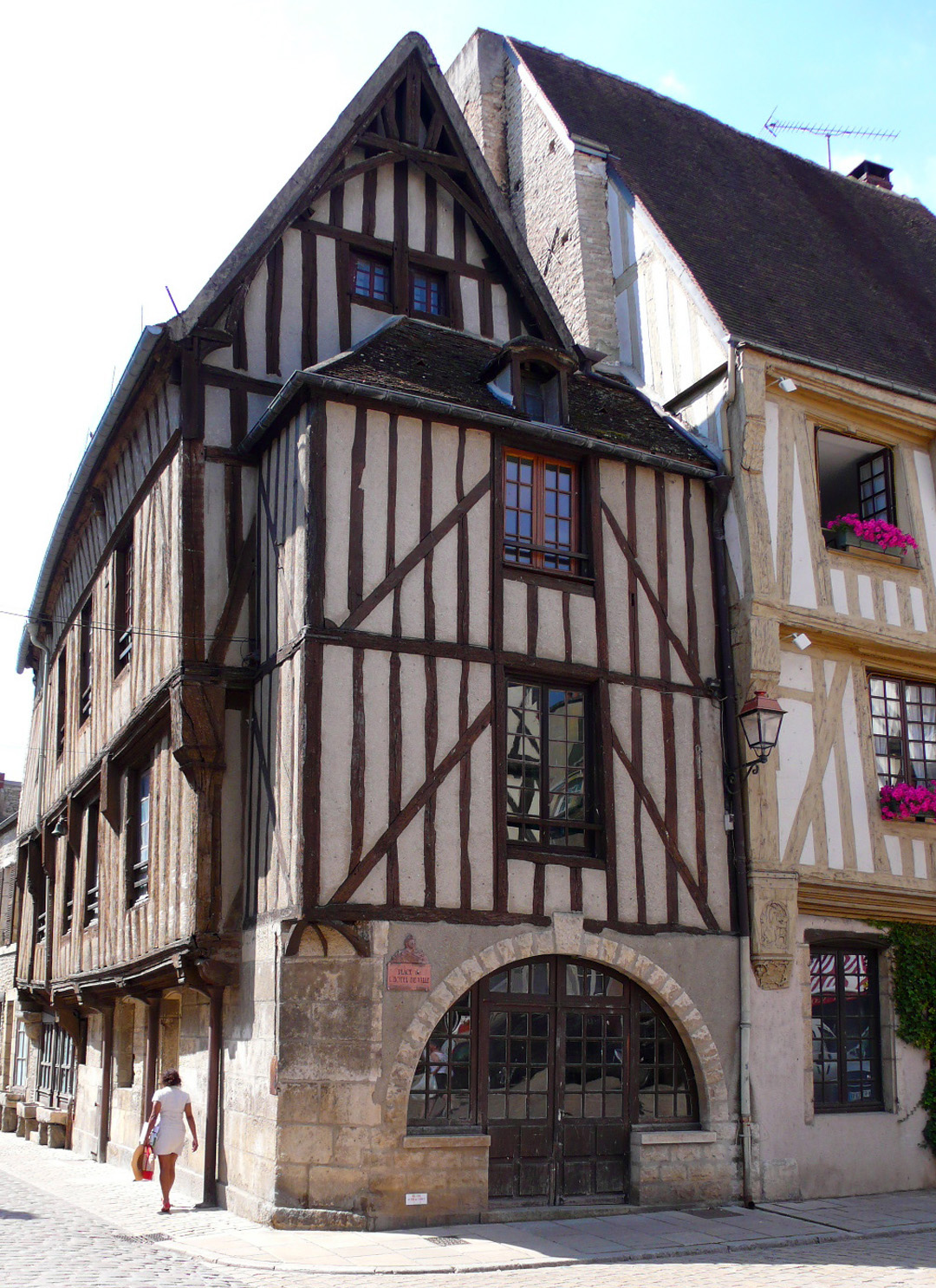You certainly learn by doing! I decided to do a crowd-funding project on Hatchfund as an experiment, to push out frontiers as an artist and hopefully to give good publicity to a very worthy cause, the artist residences at La Porte Peinte, in Noyers, France.
The first frontier I had to extend was getting into video-making, an area I had not yet visited. I met charming video-makers and although the first video was not what I hoped for, simply because I was utterly inarticulate with 'flu at the time, the second was better because I was more coherent and able to talk.
I am fascinated with the idea I developed - namely to try to marry together the metalpoint monastic heritage that flowered in Burgundy and elsewhere, the wine-producing heritage there and the extraordinary fossilised oyster shells found in stones lying in some Chablis vineyards. It will be a really interesting challenge to weave these strands together into viable art. I suppose that is what art residencies are for - peace and time for experiments!
However, the other, and perhaps most time-consuming, aspect of my crowd-funding venture has been the actual fund-raising. I clearly had not thought through all the implications of such a project. Nonetheless, I soon found myself sitting down and writing to friends and supporters who have been wonderful enough to collect my art over the years.
I have to say the results have mostly been heart-warming and gratifying. There have of course been days of nothing at all happening, no one even acknowledging my e-mails, but then, out of the blue, comes a short e-mail from Hatchfund saying that such and such a person has supported the project.
Slowly the figures have crept up, until two days ago, I realised with a shock that I had passed the magic threshold mark of the minimum amount needed to fund the project and thus release the funds to me. What a relief!
En route to that point, I have learned a few aspects of this crowd-funding world. The first is distinctly cultural: I realise that a British background of not blowing one's own trumpet and not putting oneself forward does not prepare one well for the necessary soliciting of funds. Americans seem to have no such problems. The second is that the American way seems to require a considerable amount of outright hucksterism, two-for-the-price-of-one department. I think one has to be selective in approaches, depending on the type of project one is trying to promote.
The third and last consideration I have found to be interesting. In an era that supposedly has everyone fully converted to and comfortable with on-line financial transactions, there is still a high proportion of people very reticent indeed about putting a credit card on-line. Cheques still retain a high degree of reliability and safety to many people and on-line fraud is a very real threat.
However, towards the end of the Hatchfund fund-raising period on my Art Residency at La Porte Peinte, I am beginning to feel that it has been a good thing to have done. Mostly because it has given me reason to touch base with friends and supporters with whom I might not have exchanged news and greetings until later in the years. Also too, such a project, willy-nilly, forces one to measure oneself out there in the big, wild world -- and it is always nice to find that it is possible to bob along and keep afloat in the choppy waters of competition.
Thank you all, my generous supporters. And to my other friends from whom I have not heard, I hope to hear from you, especially to hear that your summer is going along happily.











